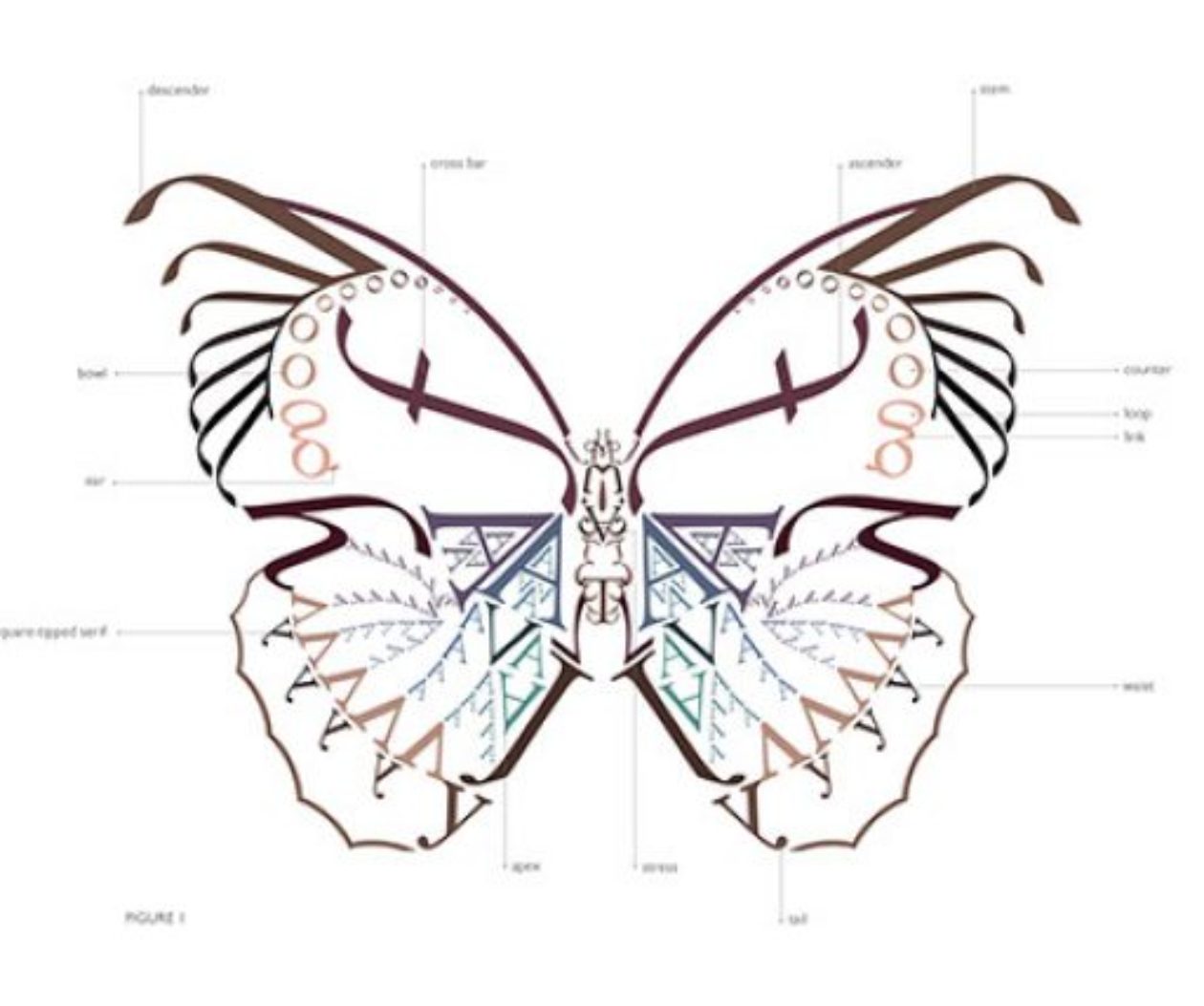Artwork: “ENCASED” by Carolyn Schlam
When Amy’s mother dies, there will be an autopsy. The report’s first paragraph will detail long black hairs protruding from her chin. It will be a commentary, a character judgement, a classification by statement of unnecessary fact. Amy will thumb her own stubbly chin and stop reading. It will all feel wrong.
When Amy’s mother dies, Amy will perch on a blonde pew in the nursing home’s chapel and tug at the hem of her fifteen-year-old black Calvin Klein department store dress. Avoiding eye contact, she’ll study the blue-hued wall mural painted with maybe something like birds of paradise but maybe also Jesus. Sound will slip like water over her eardrums as the resident priest eulogizes her mother, a woman he only knew as a self-propelled wheelchair motorist greeting everyone for attention. Amy will tighten her lips against the wall of her teeth and survey the attendees. Her three best friends since junior high. One of their mothers. Amy’s aunt and uncle across the aisle. The few curious nursing home residents who will wheel in mainly for the refreshments. Coffeecakes, cookies, so many leftovers she’ll haul 500 miles to the south to treat her kids who will stay home for this. In the pew, she’ll instinctively strain the toothless smile her mother hated, the one she called fake, the one reserved for school pictures.
When Amy’s mother dies, it will happen days before Amy chaperones her fifth grader’s school camping trip. Forty-eight hours postmortem and she will be trudging through the humid, hilly forests of Alabama with a group of girls in matching blue shirts and shielding them from snakes and ticks while that funeral needs planning and she won’t even tell her kids the grandmother they’d only met once is dead so as to not ruin the trip. Amy won’t tell any other parents except the one she’ll drive to camp with, and only because in the car she’ll have to call the life insurance company about a policy her mother once mentioned. She’ll drive 75 miles an hour down a remote Alabama highway and a voice in her ear will tell her there was never a policy. So she’ll accept the free service offered by the nursing home where her mother smoked her last cigarette and sassed her last nurse. While Amy’s campers wait in line for the rope course, she will step aside and make hushed phone calls about cremation and collecting her mother’s meager belongings. “What are your plans?” the phone will insist. Amy will be unable to answer this riddle in the middle of the woods surrounded by bugs and children that aren’t her own. She will hang up and another parent will ask, “Is everything okay?” “Yeah, just work stuff,” she’ll say. “Bitch,” she’ll tell herself, “you don’t even have a real job.”
When Amy’s mother dies, the free funeral should be a mercy. Instead, it will weigh on her like the welfare and handouts she accepted early in life and felt shame for later. She will wish not for things to have been better, but she will wish for different. She’ll stare at the undulating blue murals and wish for the service to hurry up and finish so she can get back in the car and keep not feeling without anyone watching for something to happen on her face. Programmed like a piece of electronic equipment to shut off when it starts to overheat, her screen will be blank. Without so much as a flicker, she’ll remember her husband was the first person to ever tell her she was loved. Amy won’t begrudge honoring her mother, but she will want to jump up and yell, “Okay, let’s cut the crap.” Instead, the priest will regale the tiny audience with her mother’s list of odd jobs and “ain’t-she-a-character?” tales. She’ll want to chastise and defend her mother in the same breath while wincing at staying upright in this charade and wondering if there’s value in honesty at a funeral. She’ll be gracious enough through the post-memorial mingle, but behind her non-committal grin-grimace she’ll know she was the mother. Her mother was the child.
When Amy’s mother dies, the autopsy will mention how blood pools purple, bruise-like, along the back and spine when the heart stops pumping it elsewhere. Where will Amy’s blood pump at that funeral? Into her politely nodding neck? Into her straightened lips above the hair breaking the surface of her skin? Or will it pool, bruise-like, around her heart?



